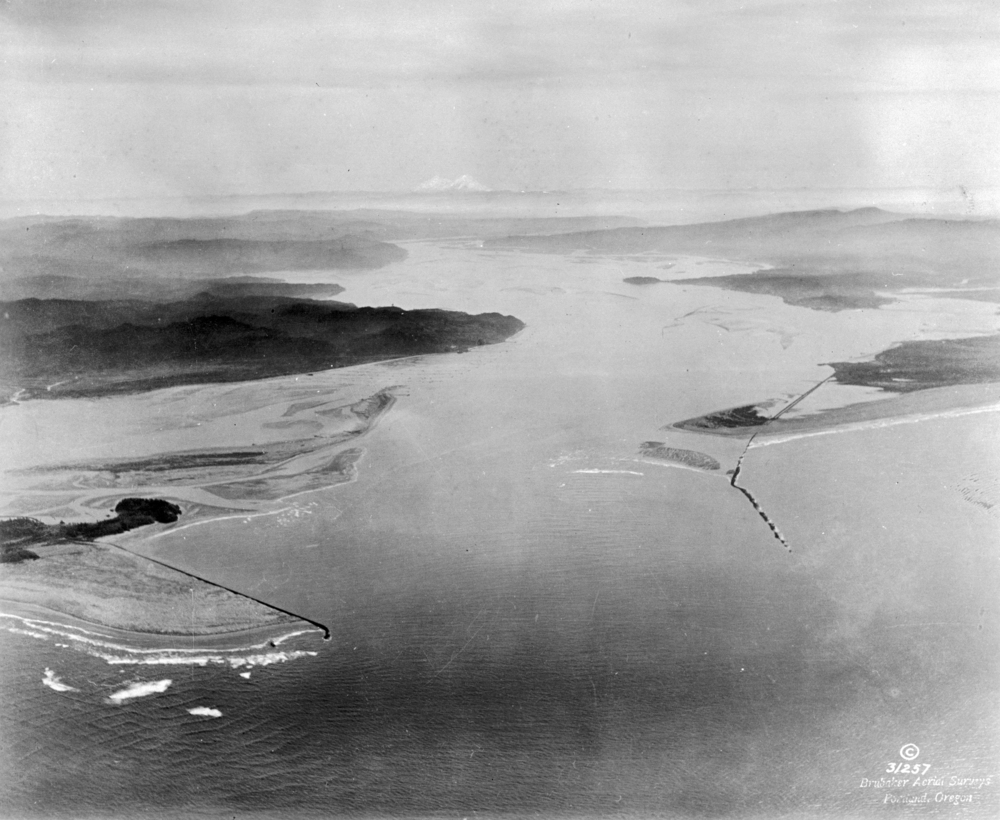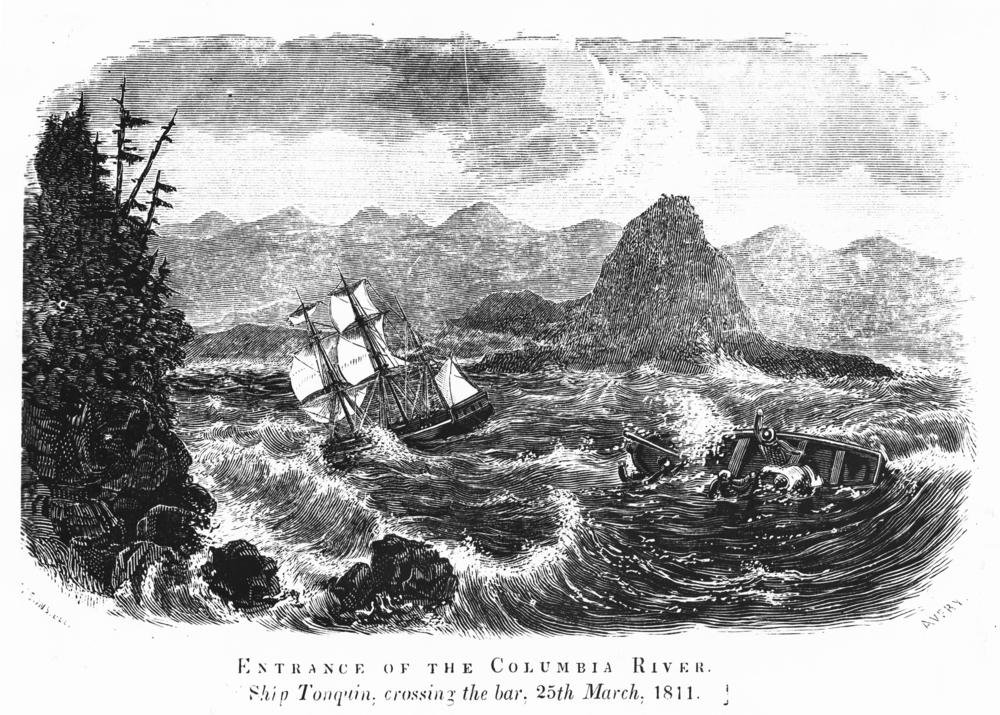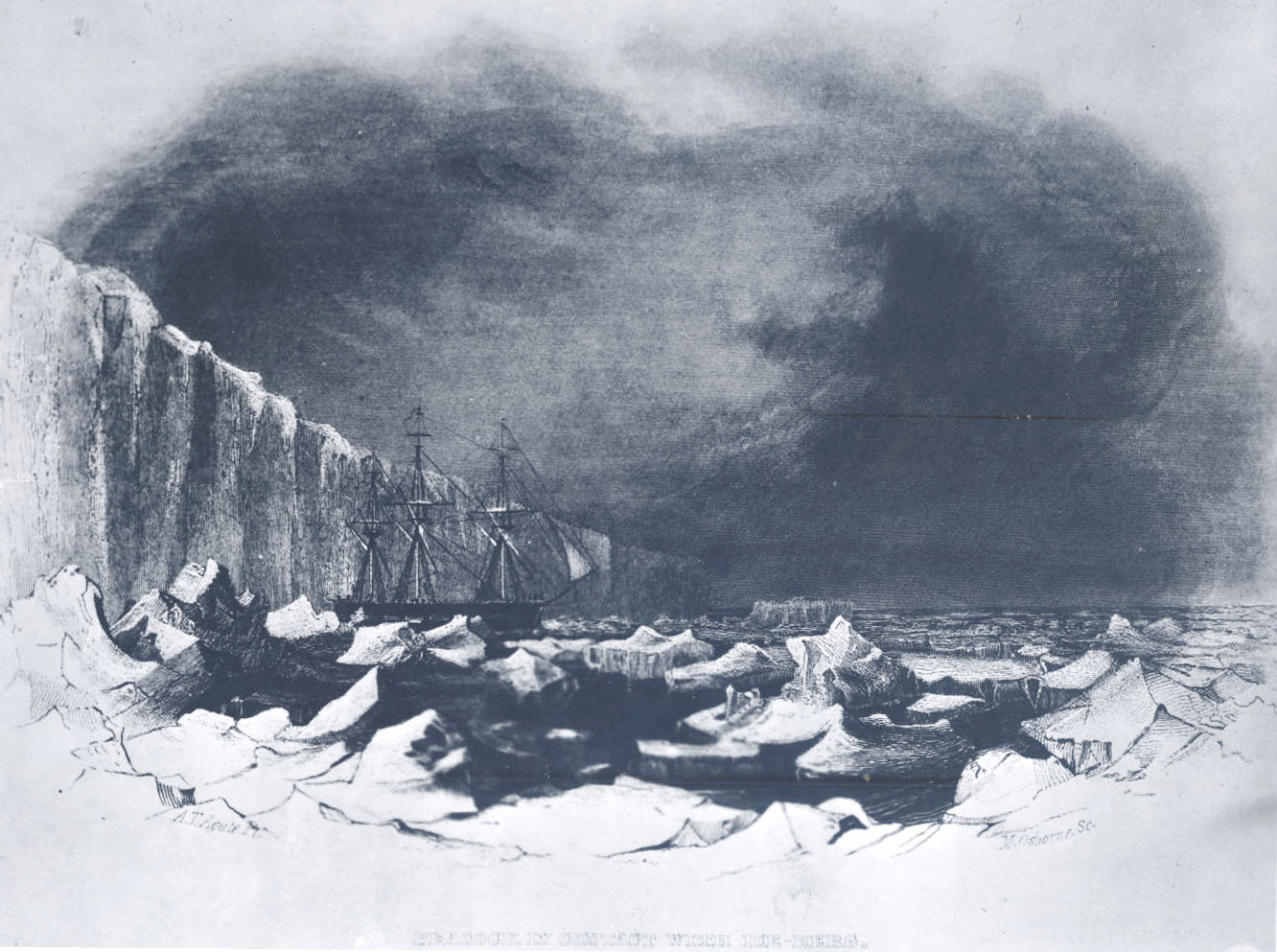The extensive, dangerous bar channel at the entrance to the Columbia River has a worldwide reputation among seamen as the "graveyard of the Pacific." Ever since Capt. Robert Gray entered the river in 1792 on the Boston-registered ship Columbia Rediviva, there has been a pressing need for competent pilotage on the bar.
Gray acted as his own pilot, sending a boat ahead to search for the deepest water, as did those who followed immediately after him. There is no evidence that Indians boarded these early vessels at sea and guided them across the bar. Chief Concomly, of the Chinook people, did make certain that he or one of his emissaries (usually a wife) met inbounders inside the bar and directed them to an anchorage close to his village so he could control the trade with the vessel. In this sense, Concomly can be considered the first river pilot.
As trade became more extensive and sophisticated, locals began serving as bar pilots, but reliability, efficiency, and safety were not at a premium. Crossing the bar remained a dangerous proposition, and some saw it as an impediment to developing Pacific Northwest trade. In response to urgent pressure to regulate pilotage on the river, the Oregon Provisional Legislature, in 1846, passed a bill to form what would become the Oregon Board of Pilot Commissioners. The board licensed S.C. Reeves as the first pilot, and three others—J.G. Hustler, C. White, and George Flavel—soon followed. Flavel soon dominated bar pilotage and, in fact, Astoria commerce and was for a long time the town's most prominent citizen. His mansion is a popular tourist attraction in Astoria.
Today, bar pilots are regulated by the Oregon Board Maritime Pilots, who determine how many pilots are required to service the grounds and how much ships should be charged for their services. The board also examines and licenses pilots and investigates accidents. Because of the possibilities for extreme weather and sea conditions on the bar, the licensing standards for Columbia River Bar Pilots are the highest in the nation. To be considered, a candidate must have an unlimited master's license with at least two years sea time in command of an ocean-going merchant ship.
With few exceptions, ships are required to take pilots. As of 2008, fourteen pilots handle 3,600 ship transits a year. Pilot numbers are adjusted according to traffic. The bar pilotage grounds are from Astoria to sea, while the remainder of the navigable Columbia and Willamette rivers is served by Columbia River Pilots.
-
![Both tugs were owned by bar pilot George Flavel at Baker Bay.]()
Bar tugs "Astoria" and "Columbia".
Both tugs were owned by bar pilot George Flavel at Baker Bay. Oreg. Hist. Soc. Research Lib., bb004077
-
![]()
Mouth of the Columbia River in 1935.
Oreg. Hist. Soc. Research Lib., OrHi 44082
-
![]()
Engraving titled "Entrance to the Columbia River, Ship Tonquin crossing the bar, March 25 1811.".
Oreg. Hist. Soc. Research Lib., ba006960
Related Entries
-
![Columbia River]()
Columbia River
The River For more than ten millennia, the Columbia River has been the…
-
![George Flavel (1823[?]-1893)]()
George Flavel (1823[?]-1893)
As a young man in 1849, George Flavel made his way to Astoria after a s…
-
![Konapee wreck]()
Konapee wreck
The possible wreck of a European ship at Point Adams, on the southern e…
-
![Point Adams Lighthouse and Life-Saving Station]()
Point Adams Lighthouse and Life-Saving Station
Point Adams was given its name by Captain Robert Gray, who in his offic…
-
![U.S. Life-Saving Service in Oregon]()
U.S. Life-Saving Service in Oregon
The mission of the U.S. Life-Saving Service was to rescue those in peri…
-
![U.S.S. Peacock]()
U.S.S. Peacock
The U.S.S. Peacock, a ten-gun, three-masted sloop, was the first ship o…
-
![Wreck of the General Warren (ship)]()
Wreck of the General Warren (ship)
The highly publicized wreck of the General Warren in January 1852 off t…





![George Flavel (1823[?]-1893)](/media/uploads/Captain_George_Flavel_portrait.jpg)




